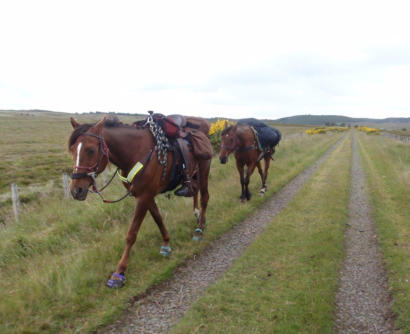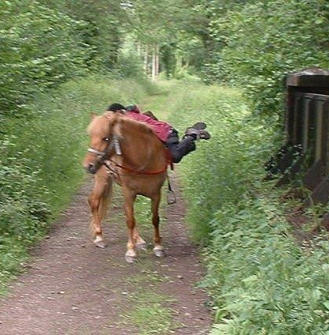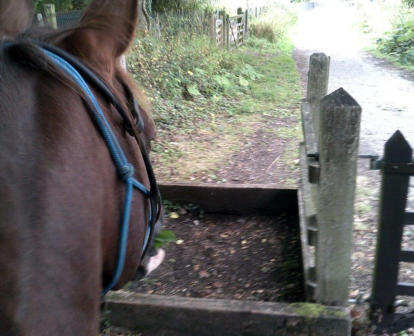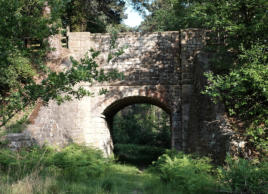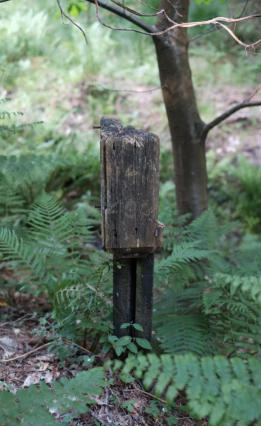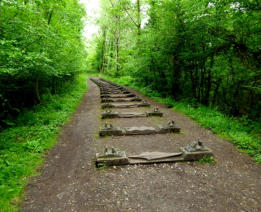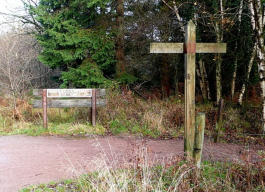© Lorem ipsum dolor sit Nulla in mollit pariatur in, est ut dolor eu eiusmod lorem

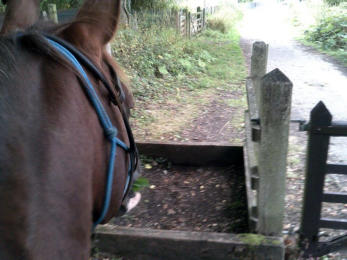
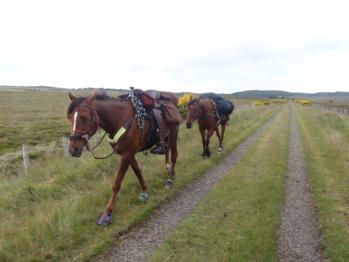
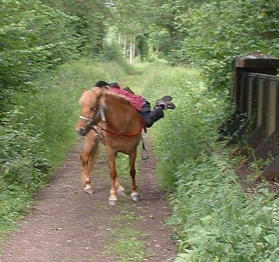
Forest of Dean
The rapid expansion of mining in the 18
th
Century required transport to
customers and the development of horse drawn tramways began linking the
Forest to Rivers Severn and Wye. These tramways eventually became the basis
for the railway system. The primary usage was for carrying freight, with
passenger carrying of lesser importance. The Passenger traffic on the Severn
and Wye railway ceased in 1929. The decline of coal mining and the improved
road connections brought the further decline of the Forest Railways. It closed
completely in 1967. The only working railway left is the Gloucester to Cardiff
Line with a surviving station at Lydney.The Forest of Dean is criss-crossed
with paths but the railway line we have chosen to feature is just over 8.5 miles
long and an inverted horse-shoe shape, starting from near The Barracks and
ending at Parkend with the potential of completing a whole loop back at The
Barracks by leaving the line at Grid Ref: SO 6086 1002 travelling through the
forest south easterly. (Also another choice of following the line from Grid ref:
SO 6179 1342 to Mirystock Bridge.)
Grid ref: SO 6339 0939 The Barracks.
Car Park close by.
Grid ref: SO 6126 0834 Parkend.
Parking near cross roads close to station.
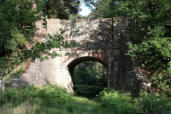
Forest of Dean - Central Bridge �
Copyright John Winder and licensed
for reuse under this Creative
Commons Licence.
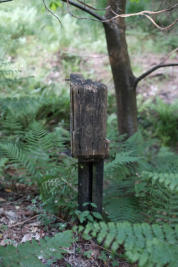
Forest of Dean - milepost on the
former railway � Copyright John
Winder and licensed for reuse under
this Creative Commons Licence.
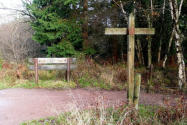
Forest of Dean at Drybrook Road
station � Copyright Graham Horn
and licensed for reuse under this
Creative Commons Licence.
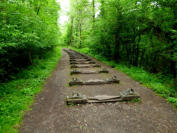
Forest of Dean - sculpture between
Serridge and new Beech Inclosures �
Copyright Oliver Dixon and licensed for
reuse under this Creative Commons
Licence.




